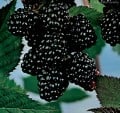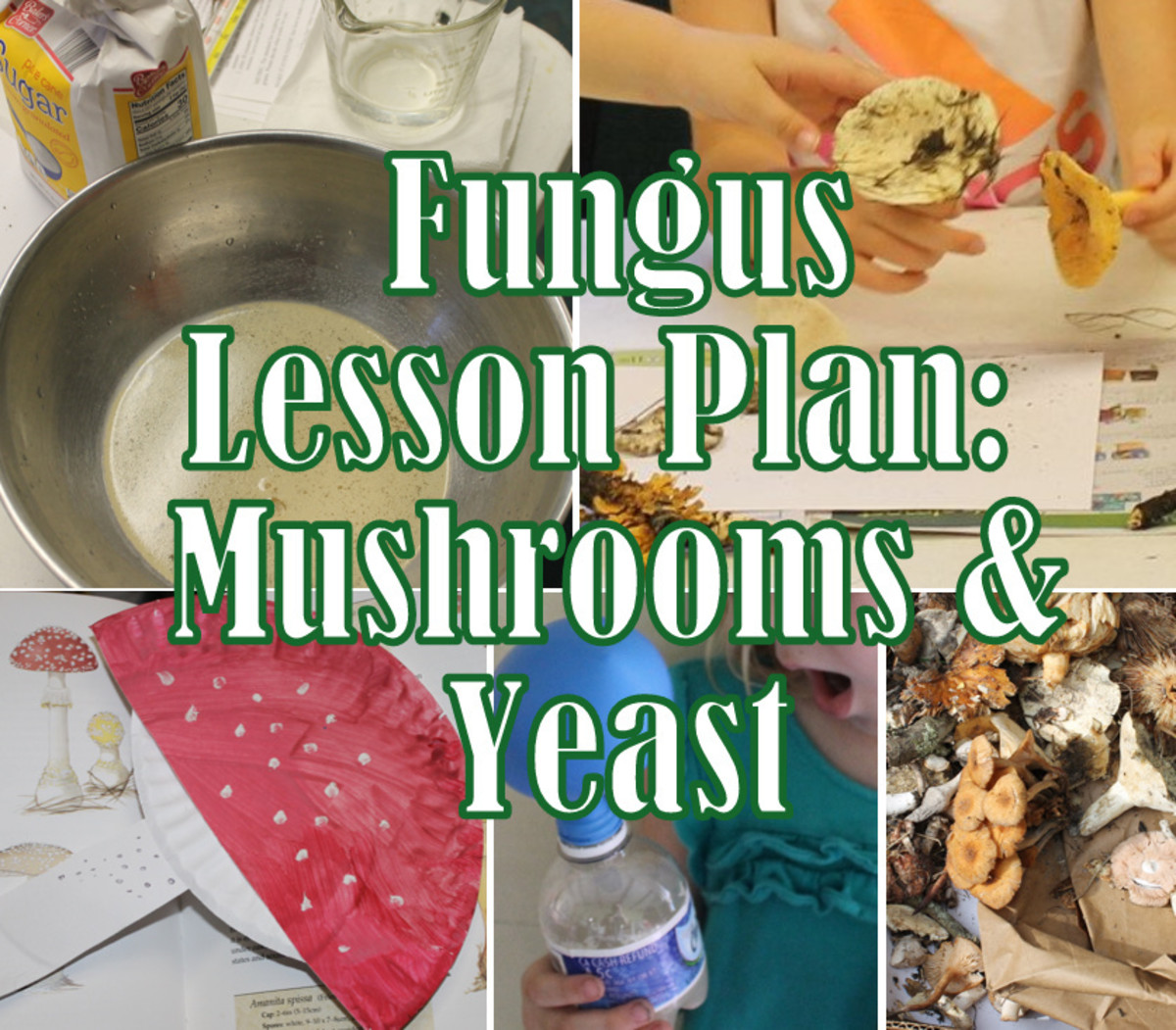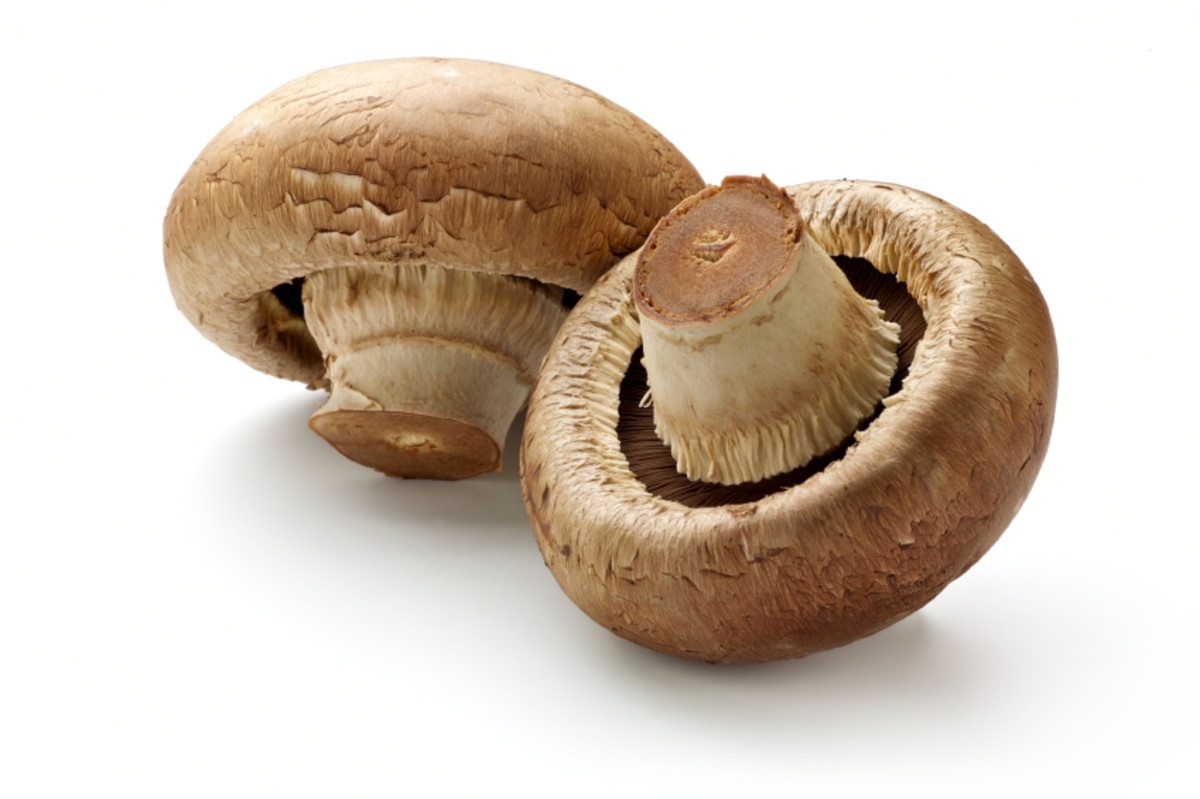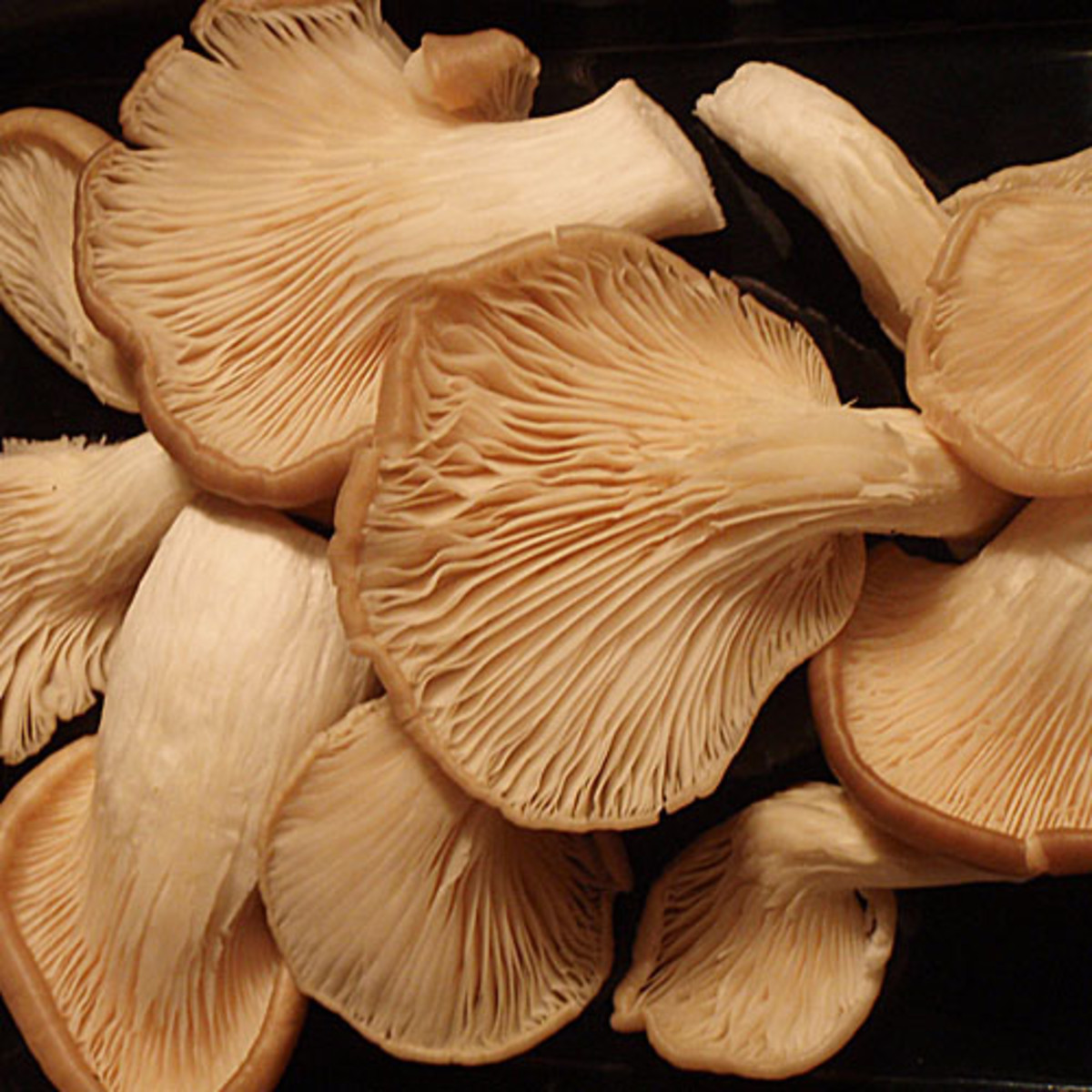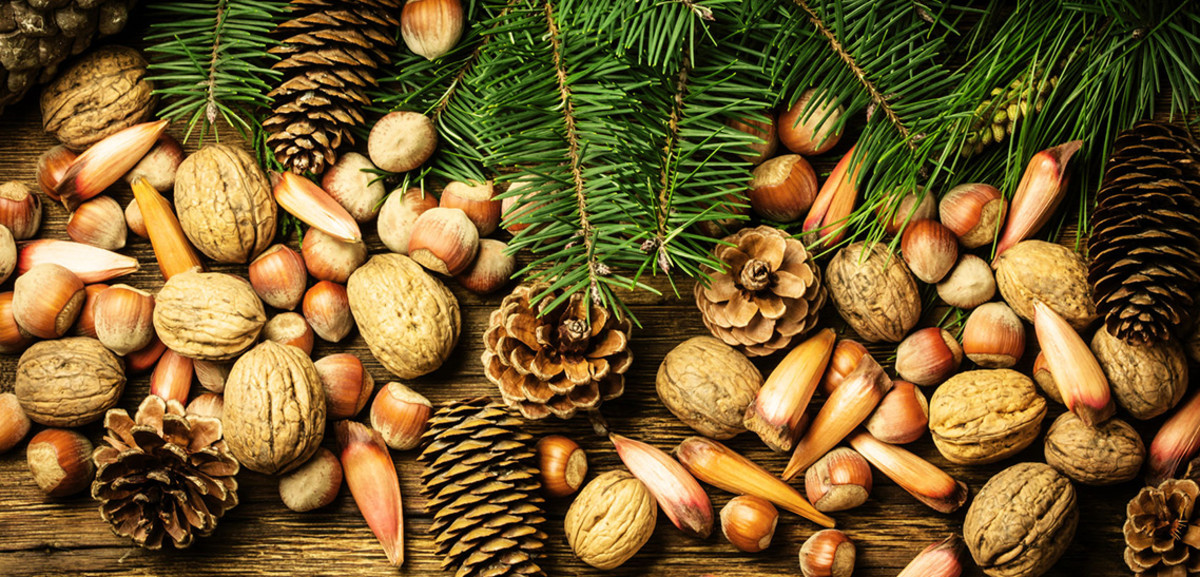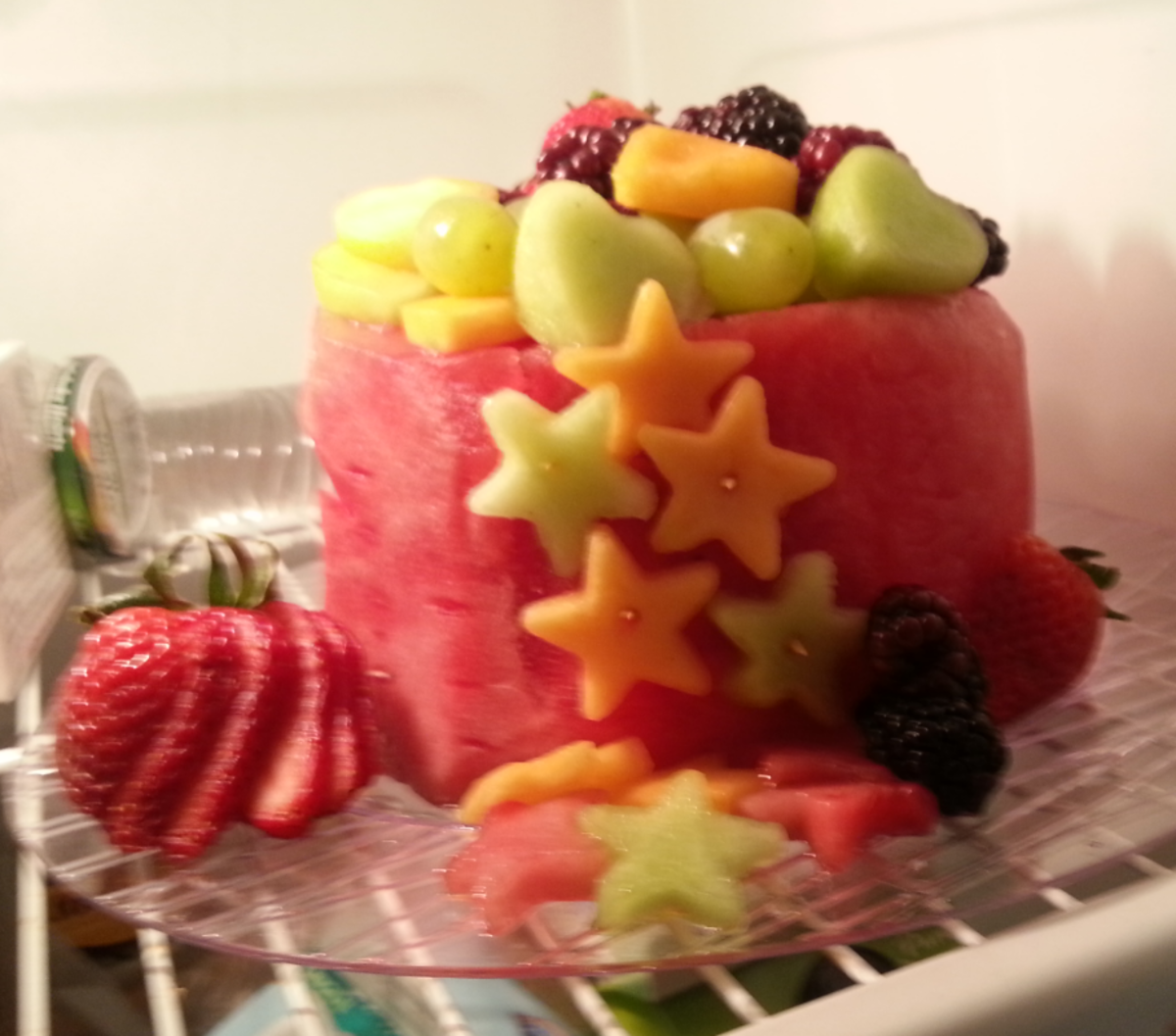Wild Mushrooms I Have Known
Some of the mushrooms I've found
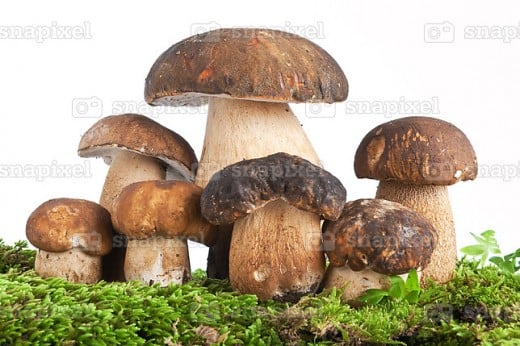
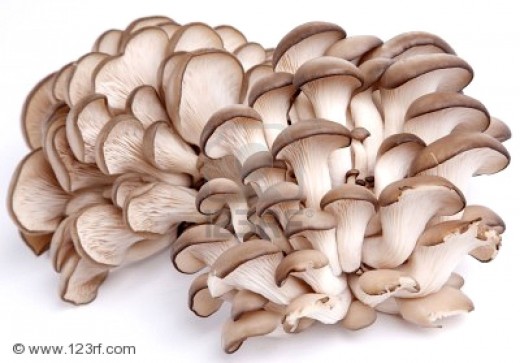
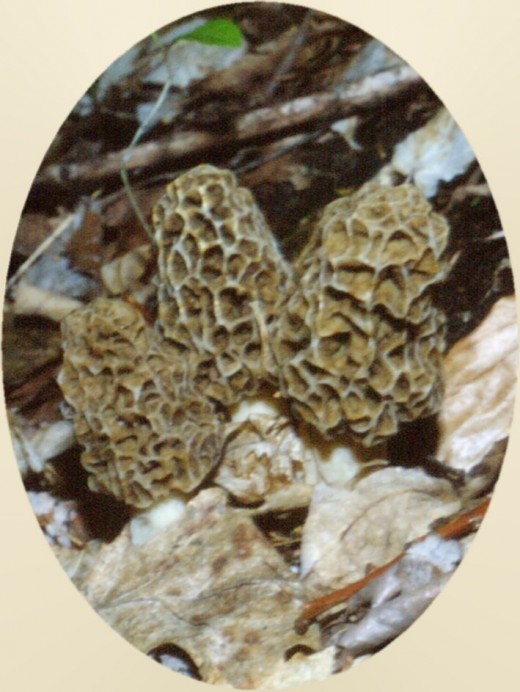
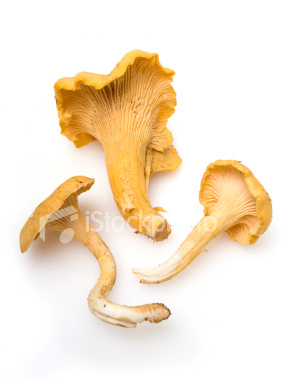
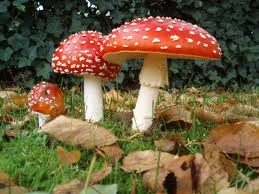
The exicting world of mushrooms and fungi
To gather mushrooms from the wild can be a challenging, but rewarding experience and not without its risks. This is not a hobby or a practice for someone who is looking for wild edible mushrooms who does not have a good grounding in mycology (the study of mushrooms and fungi). At the outset, the author states that the field of mycology is vast and thus this is only an introductory guideline and not a thorough expose of this fascinating subject. It is advised to be absolutely sure with what you are dealing with as far as an individual mushroom is concerned. For this, one should consult a knowledgeable and reputable mycologist (a person who is an expert on mushrooms and fungi). If you are not absolutely certain of the edibility of a particular mushroom, it is better not to take the risk. There are a lot of mimics in this field that can be mistaken for edible varieties with fatal or injurious consequences. Differences can so minor that even the expert can be fooled. There are many reasons why a person would seek out and gather mushrooms from the wild. These reasons can include the following.
Wild edible mushrooms for the dinner plate like Chantrelles, Oyster, Ponderosa and Boletus
Financial reward for sought after, but rare mushroom delights like morels and truffles.
The potential of finding an intoxicating or hallucinogenic mushroom such as the Amanita Pantera or Muscaria, or pysilocybin
Learning about harmful fungi such as those in the garden and how to control them
The sheer joy of finding something unique
Advancing one's knowledge in this vast field
Mushrooms are a fascinating and large group of species that can be subdivided into several main sub-groups. They do not live by photosynthesis, nor are they animals that hunt. They are a whole category of life in and of themselves. They live primarily by feeding off decaying matter and breaking down toxins as a result. Some incorporate the toxins for their own protection. Alternately, mushrooms and fungi form symbiotic relationships with various species of trees and shrubs, such as the relation between the Amanita Muscaria with the birch tree. It is said that mushrooms are the recyclers of the earth, keeping everything healthy for other forms of life. They show up in virtually all types of land based ecosystems except for barren deserts, frozen wastelands and solid rocks. In the ocean, the more common form is mycelia fungi that can grow on fish and other hosts. Mushrooms love moisture and can be seen from spring to fall, but primarily the fall as there is plenty of dying leaves and plant material to feed on. Some species, like the morels, prefer post burn areas of the forest and typically grow two to five years after a forest fire has razed an area.
The typical mushroom consists mostly of mycelium, which is often below the surface of the earth and out of sight for the entire year. These are thread like structures that grow underground, searching for and feeding off any decaying organic matter below the surface of the earth all year round. Not all fungi live off dead organic matter, as some are parasites on living plants and animals. During fruiting season, the mycelia will come together to form a fruiting body which will break through the surface of the earth on a stem and a cap that contains the spores, the offspring for future mushroom colonies. Mushrooms are totally asexual and reproduce purely by spores that are clones of the parent. The spores are microscopic and are dispersed in the lightest breeze. The fruiting body of the mushroom typically lasts only for a few days and then dies off, sometimes to be absorbed by a different species of mycelia. The fruiting body can be any size and of numerous configurations. They may sprout individually or in large groups. In most cases, when you see them in a group, they are typically the same organism, all interconnected by a far more vast underground network of mycelium. In your mushroom hunt, you will find types that have the following basic forms.
The typical button or cap form
The trumpet shape
The sponge-like form
Branching coral appearing often white or grey
The cone shaped cap with narrow stem
Elongated cone shaped
Dry and leathery
Very moist and slimy
Rounded form that puffs out a cloud of spores when stepped on
ruffled and wavy form
Fan shaped
Big mushrooms with small ones growing on them like branches
A mix of these
In addition, the under cap gill structure may be either
even gilled
branched gilled
porous
sponge form
non existant
Of all the mushrooms that are out there, the author is familiar with chantrelles, morels, boletus, russela, oyster, amanita, pysilocybin and some of their variants. Many of these have been “tamed” recently with our advancing knowledge of mycology, so an interesting variant to finding these mushroom jewels, is to gather spores and grow some yourself.
Some mycologists now offer packages with spores already in a substrate that the mycelium prefers. This is purchased, placed in a suitable location and kept damp. In as little as six weeks, one can have mushroom fruiting bodies. The varieties now available consist of oyster, ponderosa, chantrelles, white and brown money's type mushrooms and several others. Just a few years ago, one was restricted to oyster and the white buttons. With increasing knowledge of fungi, a wide variety is now available for home growth.
Chantrelles are often orange in colour and vary in size from a few centimetres to about 15 centimetres tall and can be a few centimetre to 10 across. They invariably have a ruffled cap, indented in the center with an undulating rim. The gills form from the bottom of the stem to the edge of the rim and often branch, being quite pronounced at the top. They prefer rotting stumps and wooded areas where there is a lot of moisture. Expect to find them in September and October in the Pacific north west and away from populated areas. Chantrelles are highly desirable and many people hunt them for resale
Morels are also sought after and only grow where a forest fire has razed a part of the forest. You have to wait two years after the forest fire, but not longer than five years. The first bloom is often the best. Morels can be grey or brown in colour and range in size of several centimetres to 15 for the larger ones. They have a distinctive sponge-like cap with large pores over the entire surface, which itself is rather variegated and lumpy in appearance. There is also a false morel, that has nowhere near the taste of the coveted morel. When they are out, professional pickers will descend on burn outs and hunt for them to fetch a good price on the international market.
Oyster mushrooms are prized for their oyster like taste and grow from multiple stems to form half round fan caps as an extension of the stem. They are usually a light shade of Paine's grey. Oyster mushrooms are usually commercially available and kits to grow your own are easily available. They range in size from a few centimetres to almost half a metre for the largest.
Boletus type of mushrooms have a wide range of colours and sized, even in a single type. Typically, they have a wide variety of stems from thin to almost as thick as the cap in the same type and usually bulbous at the bottom. The cap can be flat and thick or rounded. The gill structure is porous. As the colours produced are a wide variety, even in the context of a single type of boletus, the best guide is to consult a work on Boletus types or a mycologist.
Almost everyone knows the Amanita Muscaria with it's distinctive red cap with white spots and white stem with a skirt. Often considered poisonous, the amanita variety is in actuality, mildly intoxicating. You would have to literally eat up to 15 plate sized caps to have negative toxic effects. No one can eat that many! If you can manage to eat a cap, then you will be as intoxicated as having consumed a couple of pints of beer. The effect will last for a few hours and gradually wear off. Different people react differently to amanita muscaria, some with almost no effect and others who may feel a need to vomit. The watchword here is to take only a bit and work your way up to your comfort zone. They come up appearing as a small white egg shape that breaks through to expose a bright red button covered with white spots. This expands in a day to three to a large flat cap with a pronounced gill structure that ends at the stem. Just before they disintegrate, the cap will fold up exposing the gills. The whole process unfolds in about four days and for the Pacific northwest, the season is late September through October.
As an aspiring mycologist among other activities, the author is still in the learning curve of mushroom hunting and gathering. There are a huge number of books on the subject and it is highly recommended to get a resource and to have a mycologist as a friend for your foray into the wilds.
References



